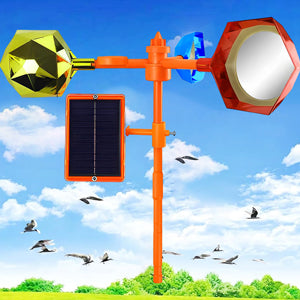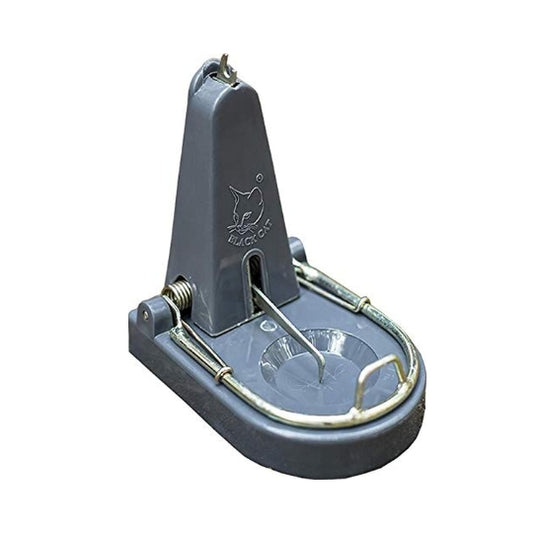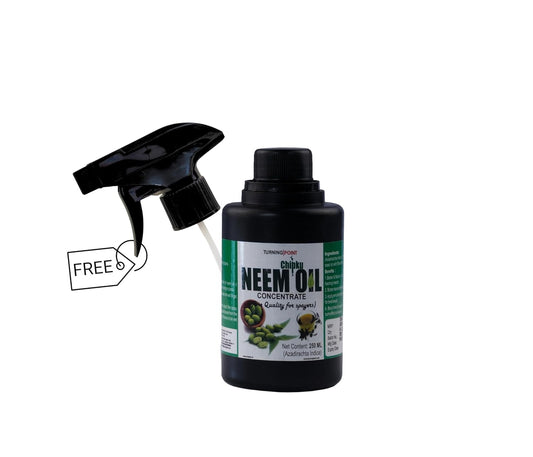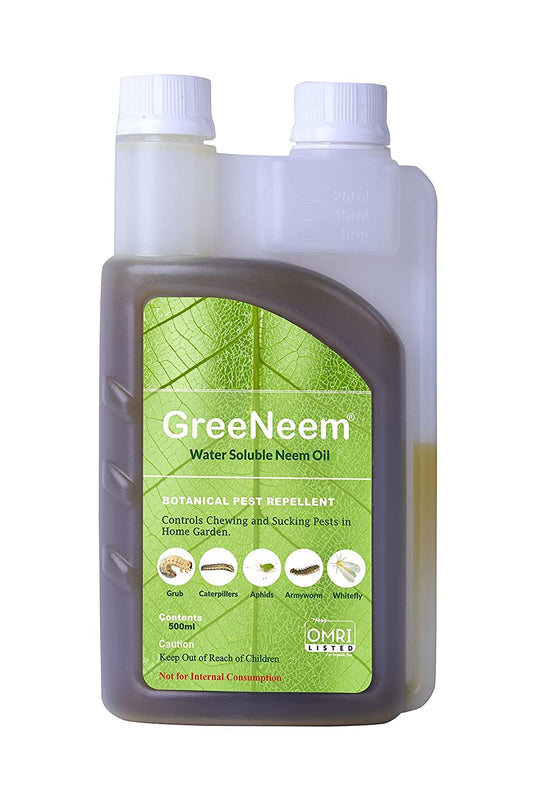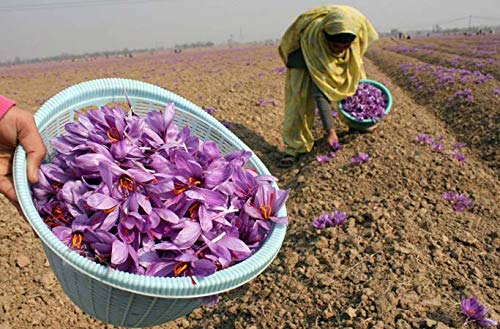
Growing Profitable Saffron in India
Share
Saffron is a valuable spice from the saffron crocus flower. It's the dried part of the flower, called the stigma.
To grow saffron, you need specific conditions:
-
Climate: Saffron likes places with a Mediterranean-type climate, cool temperatures, and well-drained soil (like sandy or chalky soil).
-
Water: Saffron needs regular watering, but too much can harm it.
-
Careful Attention: Saffron is sensitive to low temperatures and snow. It needs a lot of moisture in spring when it's growing.
Saffron is expensive because it takes a lot of hard work to grow and harvest.
What Indian Farmers Should Consider for Saffron Farming
-
Water: Keep a steady water supply, but don't overdo it.
-
Climate: Choose places with cool weather and high humidity, similar to the Mediterranean.
-
Soil: Use loose, well-draining soil, preferably sandy or chalky, with some organic content and a pH of 6-7.
Planting Saffron
Planting times depend on the type of saffron. Fall flowering saffron is planted in late summer, while spring flowering saffron is planted six to nine weeks before the first snow. Plant corms (the bulbs) about 8-10 cm deep and space them based on the area you have.
Irrigation for Saffron
Keep a consistent watering schedule during the growing seasons. Saffron is not active in summer but still needs some water. Water corms after planting, and during growth, make sure the bed doesn't dry out in winter.
Fertilizing Saffron
Fertilize your saffron twice during the growing phase: in the fall and early spring. Use good quality sprayer tools for even application.
Harvesting Saffron
The best time to harvest saffron is in mid to late spring. Pick the stigmas by hand, as you can't separate the threads from the flowers otherwise. Dry them in the sunlight for a week and store them in a sealed container for at least 30 days.
Saffron is prone to pests, so you need to manage diseases and pests to protect your crop.
There are three main saffron varieties in India:
-
Lacha Saffron: It's dark crimson-red, known for its long-lasting aroma and flavor. Grown only in Kashmir, India.
-
Aquila Saffron: Often called Iranian Saffron, it's shorter and lighter in color but high in quality. Iran and Italy are major producers.
-
Creme and Spanish Saffron: These varieties are less expensive and have more yellow parts. The United States is the largest consumer.
Saffron farming can be profitable if you pay attention to the climate, soil, irrigation, and harvesting techniques. Each saffron variety has its unique characteristics and market potential.
Also read


